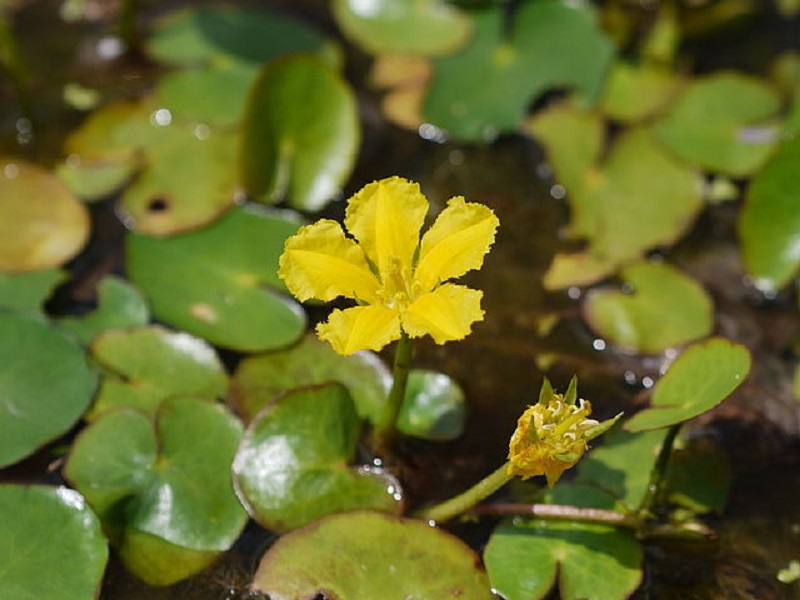22 Migliori Piante da Laghetto - Piante Acquatiche Popolari per Laghetti
I laghetti sono molto popolari negli ultimi tempi. Appaiono non solo nei grandi giardini, ma anche nei piccoli cortili di casa. La scelta di buone piante da laghetto è essenziale, poiché alcune specie non sono adatte a tutti. Verificate a cosa prestare attenzione quando le acquistate e scoprite quali sono i fiori da laghetto più popolari. Abbiamo preparato una guida completa per voi.
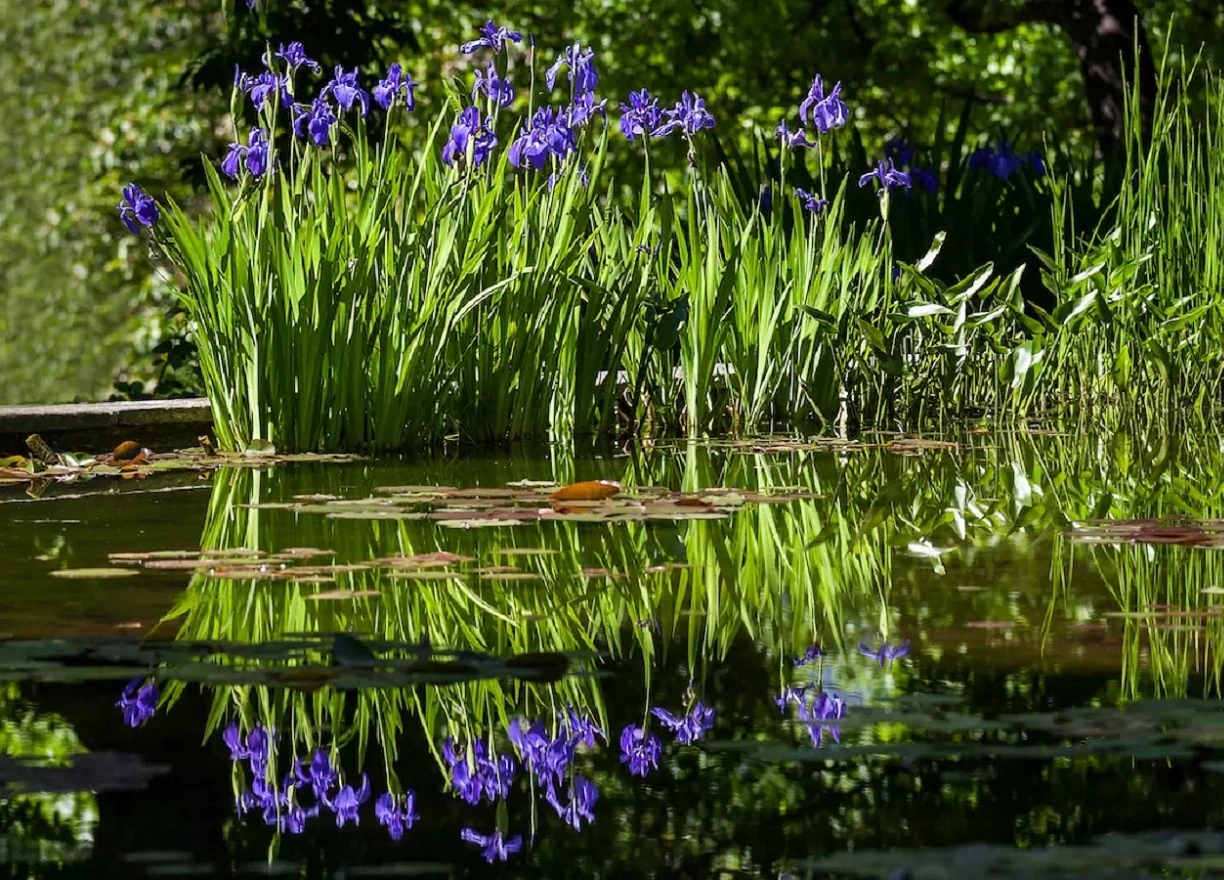
Perché vale la pena avere delle piante per laghetti?
Un laghetto senza piante o con poche piante non ha l’aspetto migliore che potrebbe avere. Ecco perché molte persone decidono di scegliere molte specie di fiori e piante verdi che possono crescere in zone umide e paludose o sommerse nell’acqua. Ma è bene notare che non tutte le piante da laghetto possono essere utilizzate insieme nello stesso luogo. Molto dipende dalle dimensioni del laghetto e dell’area circostante.
La varietà di piante in un laghetto è legata soprattutto alla loro altezza. Se il laghetto è più grande, si può optare per specie più alte. Alcune possono raggiungere anche i 2 metri di altezza.
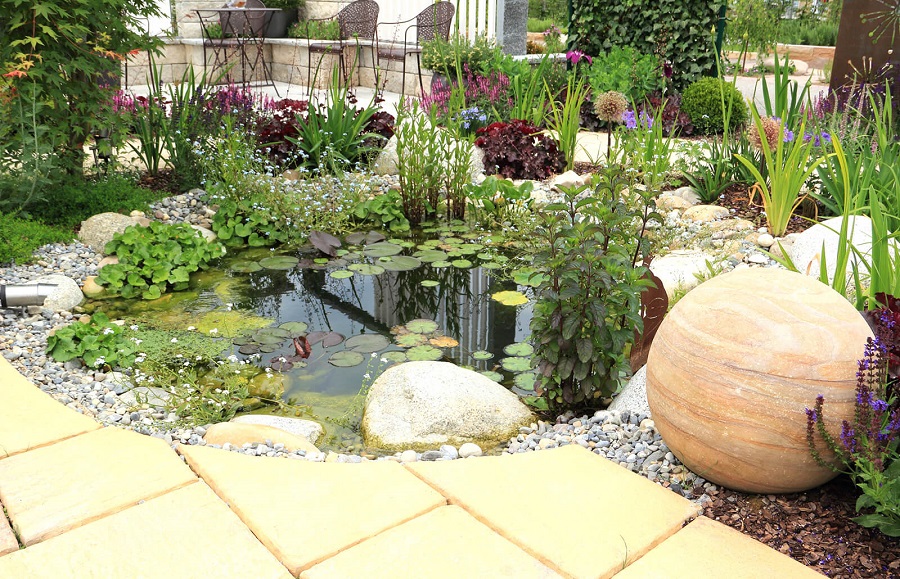
Quali sono le caratteristiche delle piante da laghetto?
Indipendentemente dalle piante che sceglierete per il vostro laghetto, ognuna di esse è caratterizzata dalla caratteristica più importante: il prezzo basso. Le piante di questo tipo possono essere acquistate per 2-5 Euro. È una spesa che potete sicuramente permettervi. Inoltre, a volte si può guadagnare ancora di più. Alcune piante da laghetto purificano l’acqua. Grazie ad esse, dovrete pulire il bacino idrico meno frequentemente. In questo modo si risparmia tempo e denaro.
C’è un altro aspetto fondamentale delle piante da laghetto: richiedono cure minime. La maggior parte delle specie non ha bisogno di nulla di speciale e sono abbastanza resistenti alle condizioni sfavorevoli.
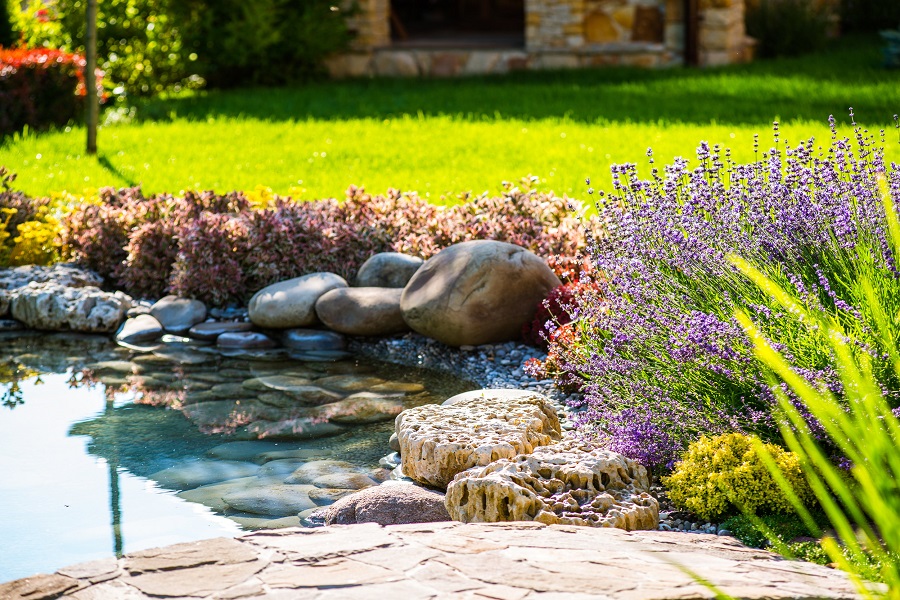
Piante da laghetto che filtrano l’acqua
Le piante da laghetto che filtrano l’acqua sono assolutamente indispensabili per qualsiasi bacino idrico. Ma la decisione su quale specie scegliere non è così ovvia come potrebbe sembrare. Infatti, diverse piante possono crescere nella zona litoranea, mentre l’acqua aperta è adatta ad altre specie.
Per quanto riguarda le piante marginali, la canna comune è la scelta più popolare. Grazie a questa pianta, l’azoto in eccesso viene rimosso dal fango, una particella che potrebbe ridurre la durata di altre piante. La canna comune è facile da mantenere e non ha bisogno di cure particolari. L’altezza è l’unico svantaggio di questa specie. Se il vostro laghetto è piccolo, usatela con moderazione.
Altre piante da laghetto che filtrano l’acqua possono essere utilizzate su tutta la superficie del bacino. Di seguito sono riportate le specie più diffuse.
Giacinto d’acqua (Eichhornia crassipes)
Il giacinto d’acqua (Eichhornia crassipes), o kochuripana - questo è il nome usato in alcuni Paesi - è una delle piante da laghetto più popolari. La specie proviene dall’Amazzonia ed è annuale. Le particolari foglie permettono alla pianta di galleggiare sull’acqua. Sviluppa bellissimi fiori viola.
Il giacinto d’acqua ama il pieno sole, quindi assicuratevi che altre piante non blocchino la luce solare. Anche se la pianta non è molto esigente, è possibile rinforzarla con del fertilizzante. I prodotti universali a più ingredienti sono l’opzione migliore.
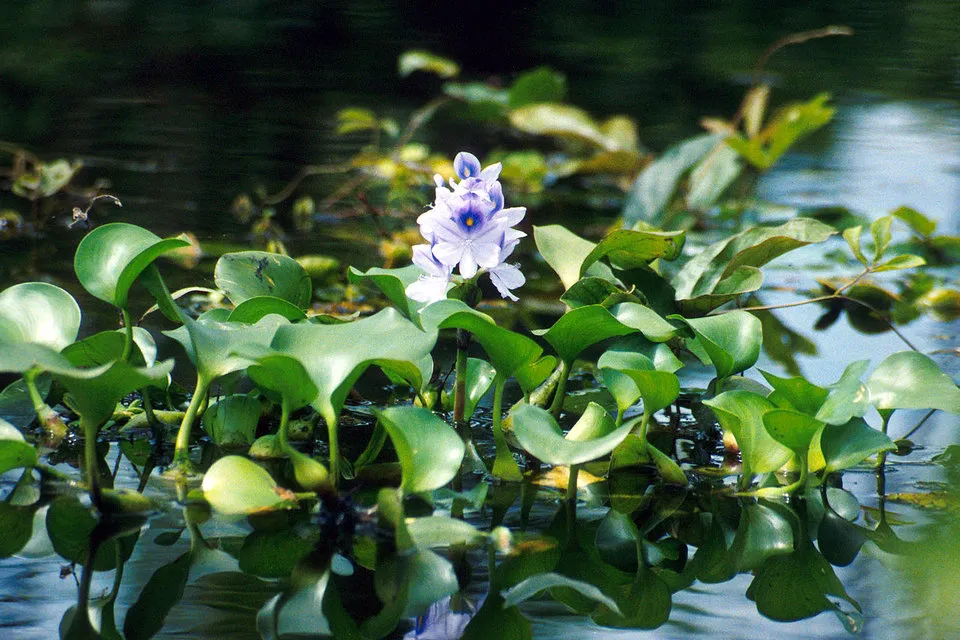
Carolina azolla (Azolla caroliniana)
L’azolla Carolina (Azolla caroliniana) viene spesso coltivata nelle vasche dei pesci. È possibile utilizzarla anche in piccoli bacini d’acqua, soprattutto sapendo che è resistente e richiede poche attenzioni. L’azolla Carolina presenta molti vantaggi:
- tende a crescere velocemente,
- aiuta a ridurre le alghe nel laghetto,
- può servire come cibo per i pesci,
- può sopravvivere all’inverno.
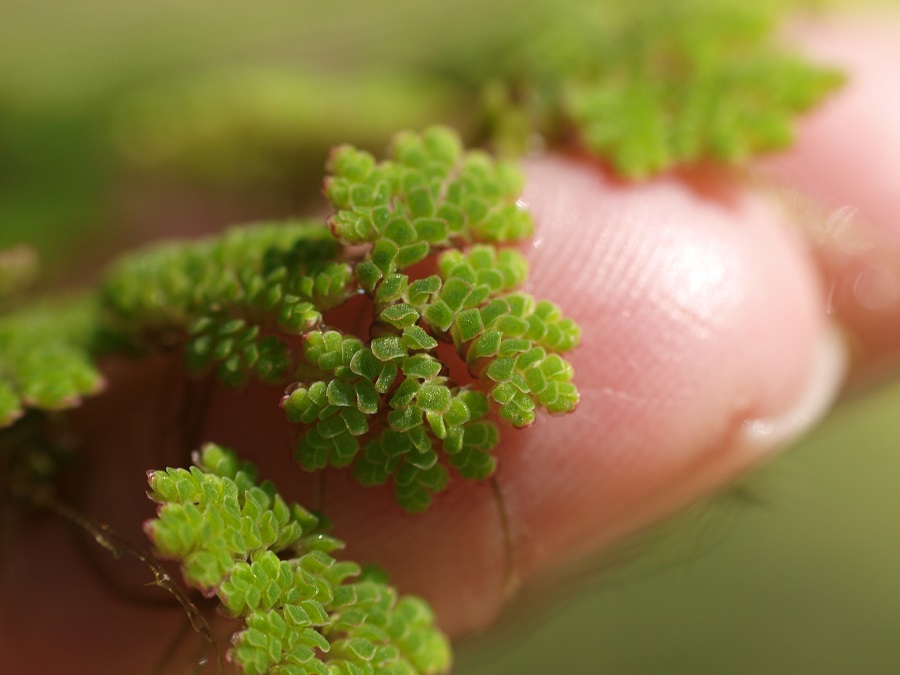
Spongeplant (Limnobium spongia)
La pianta di spugna (Limnobium spongia) è originaria del Nord America. Ama la piena luce del sole, anche se prospera anche in mezz’ombra. Il suo scopo principale è quello di prevenire la comparsa di alghe nello stagno. Questa specie è resistente alle basse temperature, quindi non dovete preoccuparvi della sua durata.
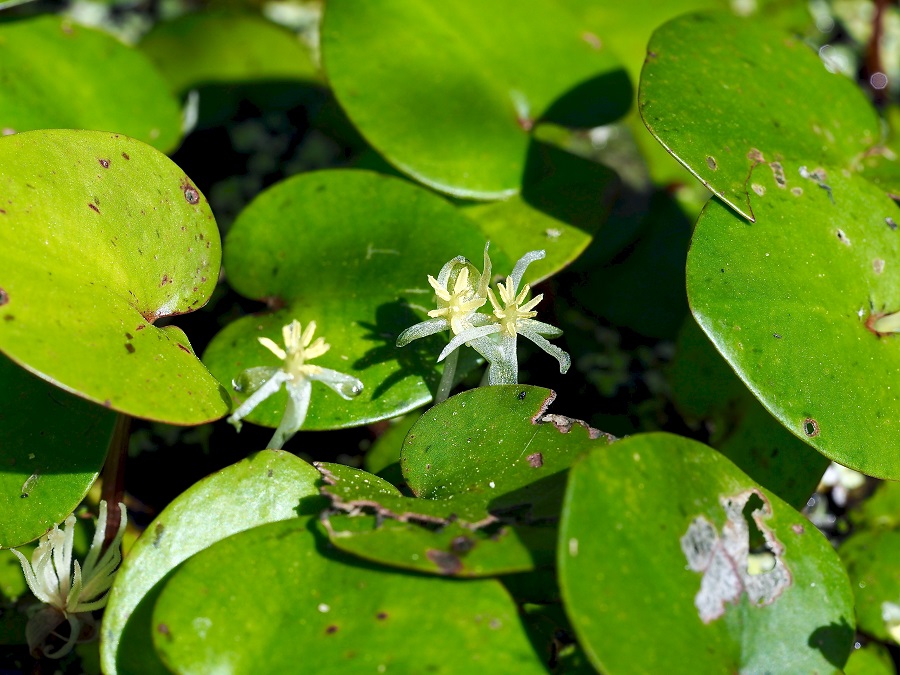
Il muschio d’acqua con le orecchie (Salvinia auriculata)
La Salvinia auriculata appartiene alla famiglia delle felci che possono crescere nei bacini idrici. La specie non cresce in altezza: le singole piante non superano i 10-11 cm. La struttura delle foglie è la caratteristica più interessante di questa pianta da laghetto. Sono ricoperte di piccoli peli. Proteggono la pianta dal trattenere l’acqua. Le gocce d’acqua cadono semplicemente e le foglie rimangono sempre asciutte. Il muschio d’acqua è apprezzato per la sua elevata resistenza. Può sopravvivere anche a temperature molto basse.

Coda di Luna (Ceratophyllum demersum)
La coda di rospo (Ceratophyllum demersum) è un’altra pianta molto apprezzata dagli acquariofili. Può crescere anche in stagni con acqua esterna. Si diffonde rapidamente e costituisce un riparo perfetto per i pesci, se vivono nel bacino. Inoltre, rimuove le sostanze nocive:
- nitrogen,
- ammonia.
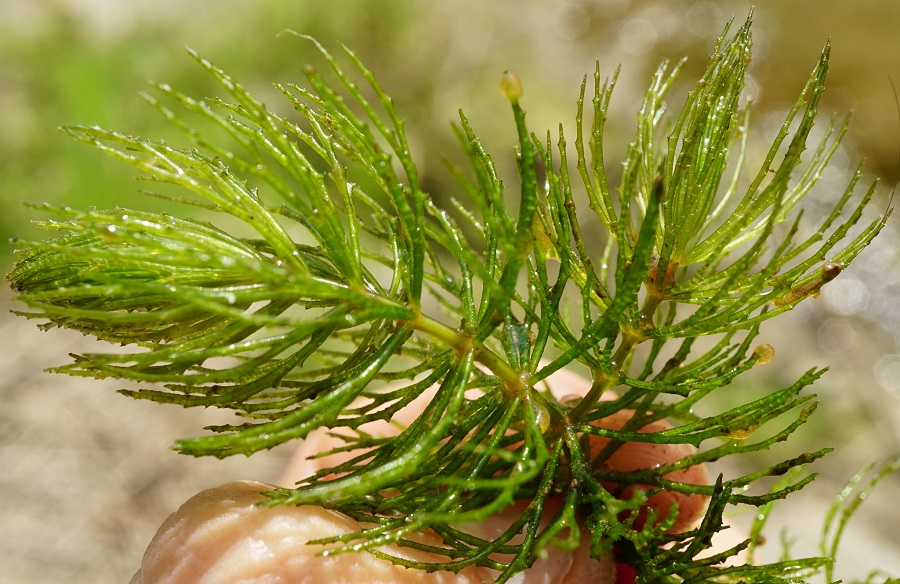
Crescione (Nasturtium officinale W. T. Aiton)
Il crescione (Nasturtium officinale W. T. Aiton) è una pianta originaria dell’Asia. Ha rapidamente guadagnato popolarità quasi in tutto il mondo. È interessante notare che questa specie è commestibile e ha effetti benefici sulla salute, anche se poche persone li sfruttano.
Il crescione cresce fino a 90 cm di altezza ed è una pianta annuale. Preferisce crescere all’ombra, dove può svilupparsi meglio. La posizione influisce sul sapore della pianta. È importante se si intende raccoglierlo per il consumo.
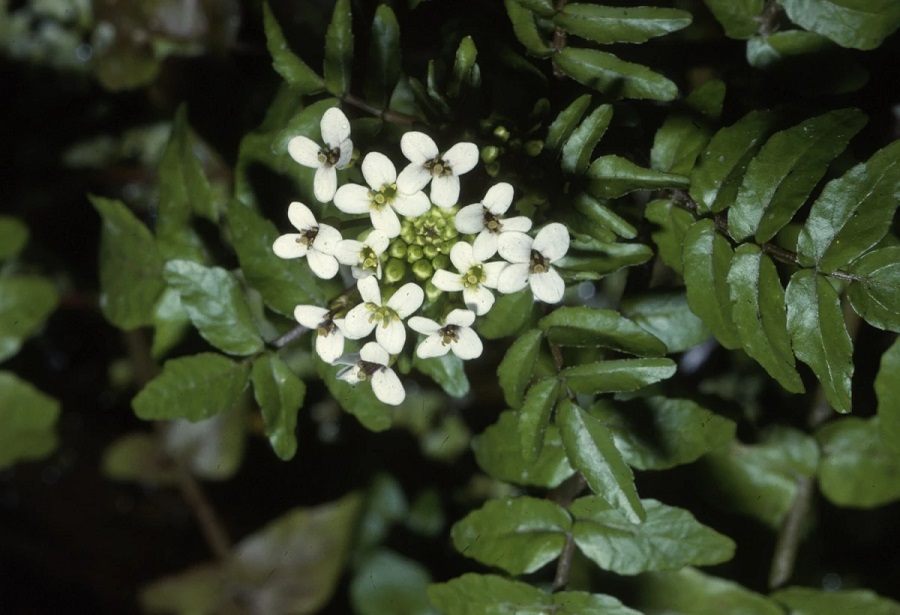
Piante da laghetto
Le piante per laghetti piccoli di solito non superano i 4-50 cm di altezza. Naturalmente, ci sono specie di piante singolari e più alte che si possono piantare in un laghetto. Ma assicuratevi di non usarne troppe. Altrimenti, potreste rovinare l’estetica del laghetto. Qui di seguito sono elencate le piante per laghetti più diffuse. Sono tipicamente piantate nei cortili di casa.
Alga canadese (Elodea canadensis)
L’alga canadese (Elodea canadensis) è una delle piante da acquario a crescita più rapida. Esistono alcuni tipi leggermente diversi di questa pianta. È interessante notare che si possono acquistare non solo nei negozi di giardinaggio, ma anche in quelli di animali.
L’alga canadese ha molti steli fortemente ramificati, anche se corti. È in grado di sopportare perfettamente tutte le condizioni dell’anno. Come ulteriore vantaggio, ossigena e filtra l’acqua.
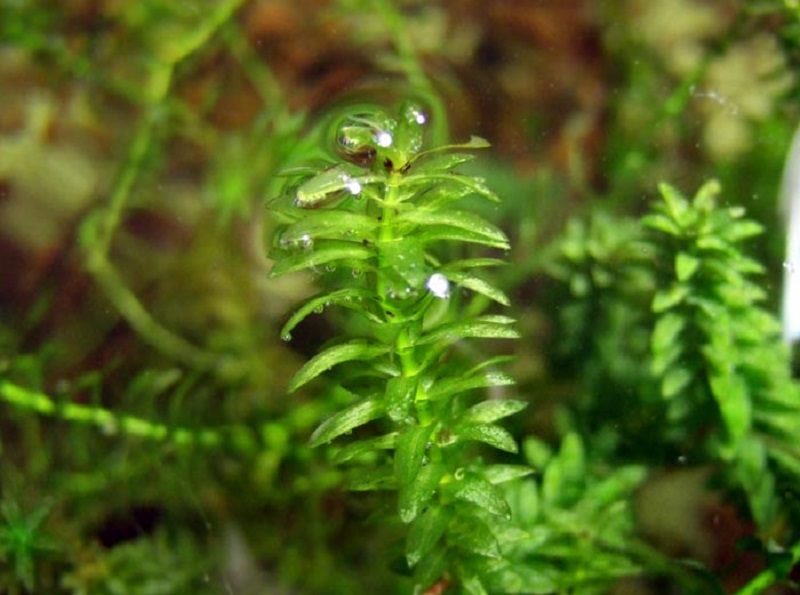
Violetta d’acqua (Hottonia palustris)
Le violette d’acqua (Hottonia palustris) sono piante acquatiche di facile manutenzione. Possono crescere in qualsiasi luogo, sia al sole che all’ombra. La pianta ha caratteristici fiori piccoli e cespugliosi. Sono una bella decorazione per il laghetto, anche se compaiono solo tra maggio e giugno.
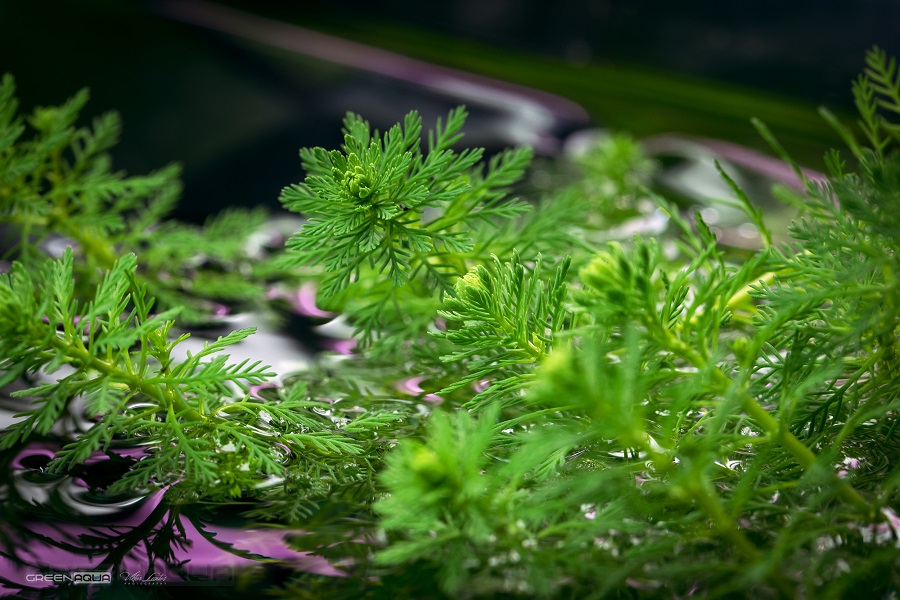
Riccio comune (Gratiola officinalis)
L’issopo (Gratiola officinalis) è una pianta di piccole dimensioni, che non supera i 50-60 cm di altezza. Ama i luoghi soleggiati, dove può svilupparsi completamente. È interessante notare che le sue foglie e le sue radici sono spesso utilizzate in erboristeria. È un diuretico e un lassativo. Ma non cercate di usare da soli la pianta che cresce vicino a uno stagno. Nelle proporzioni sbagliate, potrebbe rappresentare un pericolo per la salute.

Fagiolo di palude (Menyanthes trifoliata)
Il fagiolo di palude (Menyanthes trifoliata) è una piccola pianta che non supera i 30 centimetri di altezza. Ha foglie e fiori interessanti che decorano i bacini idrici. Questa specie è resistente alle basse temperature, quindi può sopportare inverni rigidi. Si noti che le foglie muoiono in inverno. Devono essere rimosse per evitare lo sviluppo di batteri.
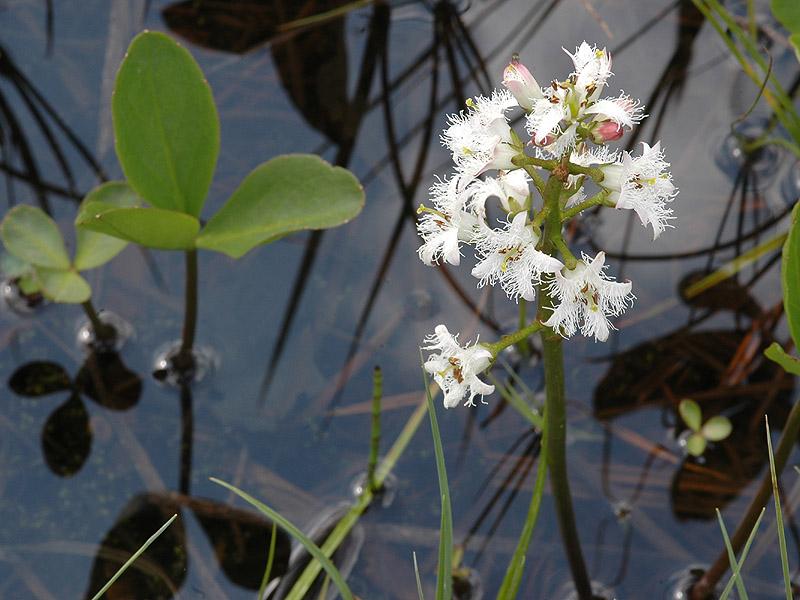
Crescione giallo (Rorippa amphibia)
Il crescione (Rorippa amphibia) è una perenne perfetta per gli stagni. Può crescere fino a 100 cm di altezza, anche se in genere è più basso. È comunemente usato in medicina per le sue proprietà curative. Inoltre, ha delle caratteristiche foglie lunghe e frastagliate. I piccoli fiori gialli sono l’elemento decorativo.
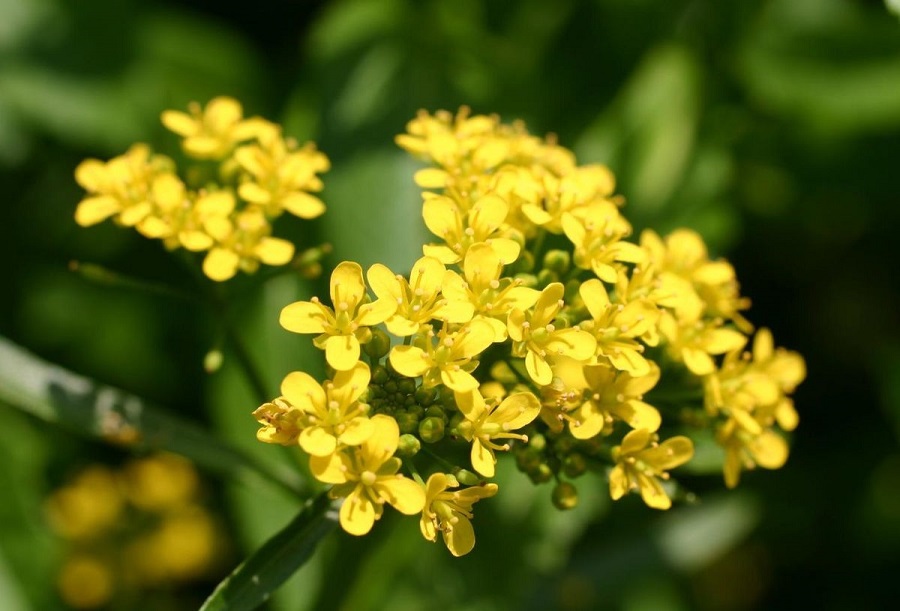
Pianta di palude (Crassula Helmsii Recurva)
La pianta di palude (Crassula Helmsii Recurva) è una pianta da laghetto molto corta. Di solito non supera i 15-20 cm. Per questo motivo, è perfetta per i laghetti. Ha un colore verde molto vivace, ama le posizioni soleggiate e produce ossigeno in acqua.

Quali sono le piante migliori per un grande laghetto?
Se il vostro giardino è grande, potete decidere di creare un laghetto imponente. In questo caso, le piante da laghetto alte hanno un aspetto fantastico. Vi state chiedendo quali specie scegliere? Di seguito trovate le piante acquatiche alte più popolari.
Brooklime (Veronica beccabunga)
La Brooklime (Veronica beccabunga) è una pianta acquatica eccezionalmente resistente. Si diffonde rapidamente, soprattutto se piantata nella zona delle torbiere. Ha caratteristiche foglie frastagliate che crescono da steli rossi. Questa pianta da laghetto fiorisce alla fine della primavera, quando compaiono piccoli fiori blu e viola.

Canna da zucchero a fusto semplice (Sparganium erectum)
La canna simpatica (Sparganium erectum), a seconda della varietà e del luogo di crescita, può raggiungere anche i 150 cm di altezza. Rispetto ad altre piante da laghetto, la simplestem è piuttosto esigente. Preferisce terreni fertili e ricchi di sostanze nutritive. Sviluppa particolari fiori a forma di palla con molti stami.

Giunco molle (Juncus effusus)
Il giunco molle (Juncus effusus) è una popolare perenne che cresce oltre 1 metro di altezza. È facile da curare e non richiede molte attenzioni. Inoltre, è resistente a temperature molto basse e non è vulnerabile a malattie e parassiti. Il giunco molle ha un lungo periodo di fioritura, in genere da giugno ad agosto. Tutto quello che dovete fare è piantarlo in una posizione soleggiata o a mezz’ombra.
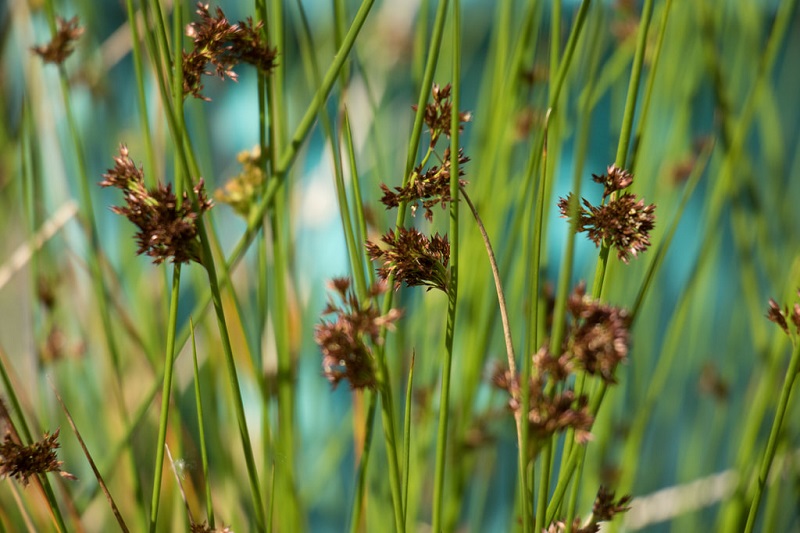
Olmaria (Filipendula ulmaria)
L’olmaria (Filipendula ulmaria) è una pianta di palude presente nell’ambiente naturale. Può essere facilmente coltivata come pianta da laghetto. La posizione migliore per questa specie è la mezz’ombra. Prima di piantare l’olmaria, assicuratevi di concimare e disacidificare il terreno.
L’olmaria cresce fino a 100 cm di altezza. Ha caratteristici fiori rosa. Sono una decorazione perfetta per le specie a foglia che crescono nel laghetto.
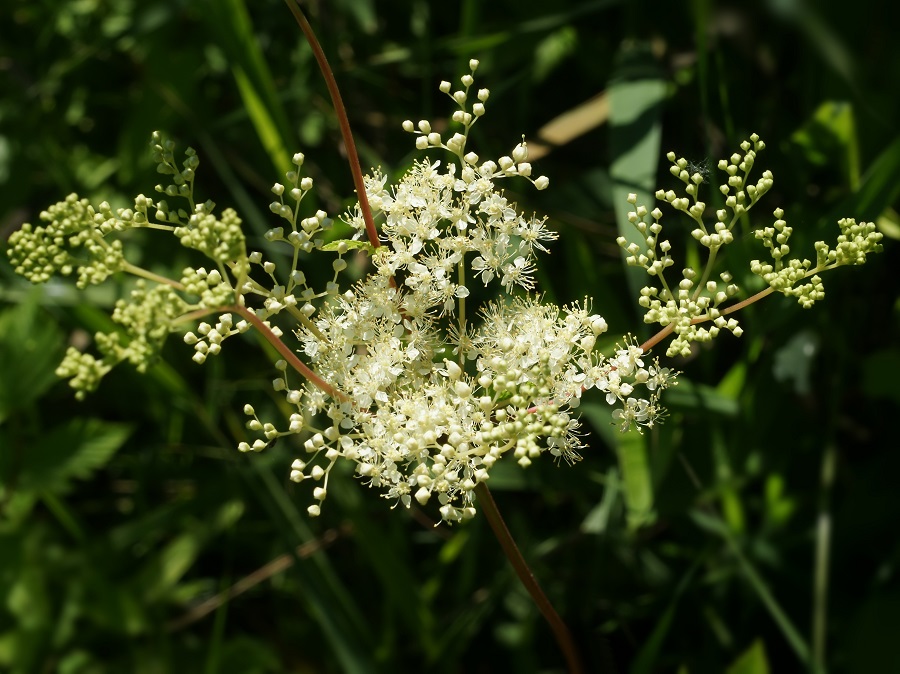
Coda di cavalla (Hippuris vulgaris)
La coda di mare (Hippuris vulgaris) è una pianta da laghetto molto caratteristica. I suoi steli sono di media lunghezza, ma si distinguono per la loro struttura rigida e per le numerose foglioline che crescono ai lati. La pianta fiorisce, in buone condizioni, da maggio ad agosto. I fiori sono piccoli e verdi, quindi non vengono notati da molti.

Piante galleggianti per laghetti
Le piante galleggianti per laghetti sono uniche. Vale la pena averle anche se si è deciso di piantare altre specie nella zona palustre. Arricchiscono l’estetica del bacino, soprattutto durante la loro stagione di fioritura. Date un’occhiata alle specie più popolari coltivate nei giardini.
Rana comune (Hydrocharis)
La rana comune (Hydrocharis) è una pianta galleggiante unica nel suo genere. Sviluppa bellissimi fiori bianchi con centro giallo. La fioritura è piuttosto prolungata: i fiori compaiono a maggio e durano fino ad agosto, se il tempo è favorevole. Hanno un profumo caratteristico, abbastanza forte da essere avvertito quando si cammina vicino allo stagno. La rana comune è perfetta per i laghetti con acque poco profonde.
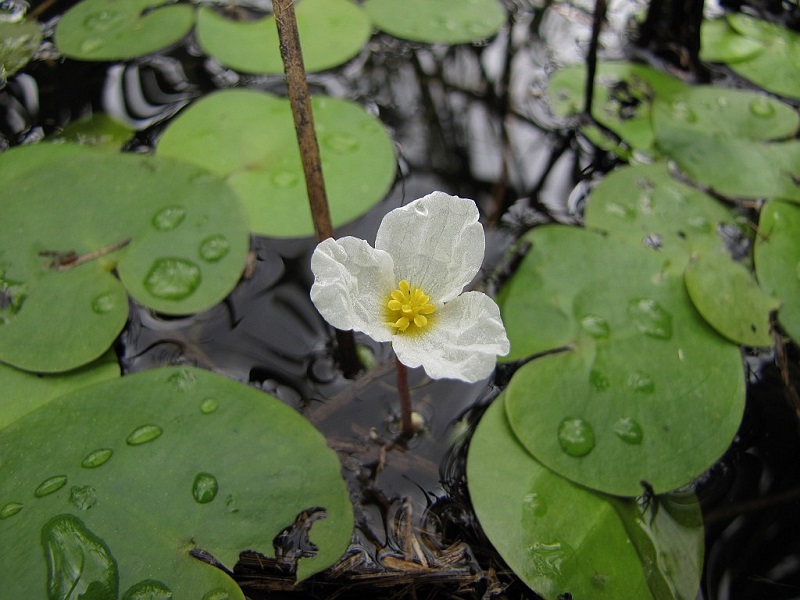
Frugnola dalle radici lunghe (Polygonum amphibium)
L’alcefalo (Polygonum amphibium) è una pianta interessante che può crescere in due forme. È perfetta sulla terraferma, ma è molto più bella come pianta da laghetto galleggiante. Per questo motivo viene spesso scelta per i bacini artificiali.
L’alcefalo ha caratteristiche foglie lunghe e larghe. Anche i fiori sono degni di nota. Crescono su steli che spuntano dall’acqua e hanno l’aspetto di teste ovali. Sono di colore bianco e rosa. La pianta fiorisce da aprile a settembre, a seconda del clima.

Cuore galleggiante giallo (Nymphoides peltata)
Il cuore galleggiante giallo (Nymphoides peltata) è spesso chiamato giglio d’acqua frangiato. Le foglie della pianta sono simili a quelle del giglio. Ma i fiori hanno un aspetto diverso: sono gialli e hanno dimensioni e forma diverse. Il cuore galleggiante giallo ama i terreni fertili e fangosi. Cresce perfettamente all’ombra.
Spadderdock (Nuphar lutea)
La spadderdock (Nuphar lutea) è una pianta perenne che viene spesso paragonata al cuore galleggiante giallo. Le due piante vengono spesso confuse. La spadderdock ha un aspetto piuttosto imponente: le sue foglie sono ovali e la sua fioritura è gialla. Fate molta attenzione se decidete di coltivare questa pianta nel vostro laghetto, perché è velenosa.
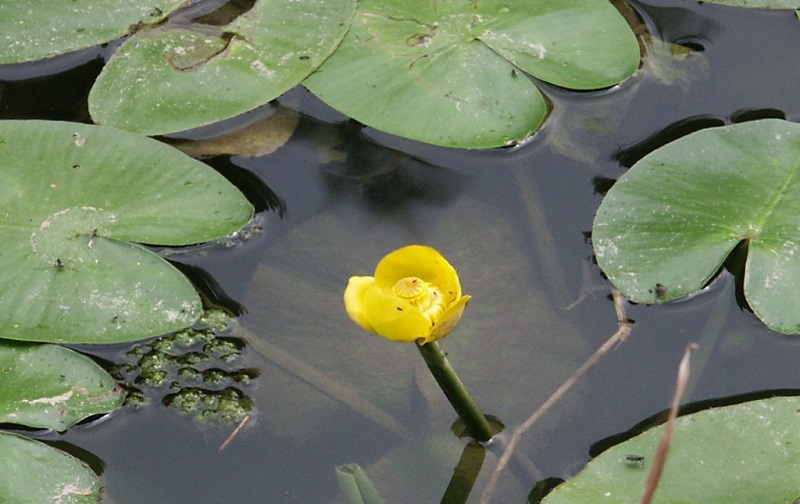
Pianta d’acqua bianca (Ranunculus aquatilis)
Il ranuncolo bianco (Ranunculus aquatilis) è una pianta caratteristica che cresce molto. È unica per i suoi numerosi piccoli fiori bianchi con centro giallo. Compaiono da maggio ad agosto.
La zampa d’acqua non cresce in altezza: la sua altezza massima tipica è di 50 cm. È una pianta perfetta per i piccoli laghetti, soprattutto se si considera che non ha bisogno di molte attenzioni.
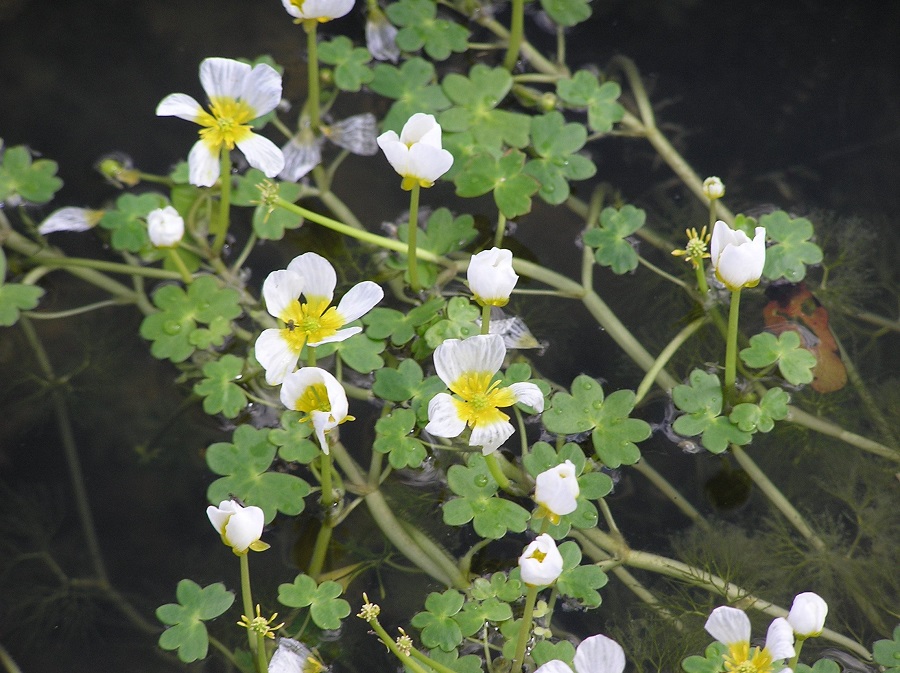
Quando scegliere le piante artificiali da laghetto?
Sebbene le piante da laghetto non siano difficili da coltivare, richiedono comunque un minimo di attenzione da parte del proprietario. A volte, chi decide di creare un laghetto nel proprio giardino non ha abbastanza tempo per prendersene cura. Se è il vostro caso, potete investire in un sistema automatico di pulizia dell’acqua e in piante da laghetto artificiali.
📍 Dove acquistare le piante da laghetto?
È possibile acquistare piante da laghetto nei negozi di giardinaggio - online e fisici. Inoltre, i negozi di animali offrono spesso queste piante per le vasche dei pesci. Potete anche cercare le piante acquatiche sui siti di aste online.
📍 Quali sono le migliori piante per laghetti?
Le specie corte sono le piante migliori da inserire nel laghetto. Le piante che non crescono più di 50 centimetri sono la scelta migliore. Prima di prendere una decisione, verificate la velocità con cui la pianta si diffonde sott'acqua.
📍 Come piantare le piante da laghetto?
La messa a dimora di piante da laghetto non è nulla di difficile. Si tratta di azioni standard necessarie per piantare qualsiasi altra pianta. Al momento dell'acquisto di una particolare pianta, potete chiedere alcuni consigli.
📍 Quali piante da laghetto eliminano le alghe?
Le alghe sono uno dei maggiori problemi che si verificano nei laghetti. Fortunatamente, è possibile affrontarlo piantando alcune piante da laghetto. L'alga longa, l'alga canadese e l'alga riccia possono essere d'aiuto. Potete anche scegliere specie come la cladophora, l'orniello e la coda di cavalla. Ciascuna delle piante da laghetto citate aiuta a risolvere il problema delle alghe.
Articoli in primo piano

